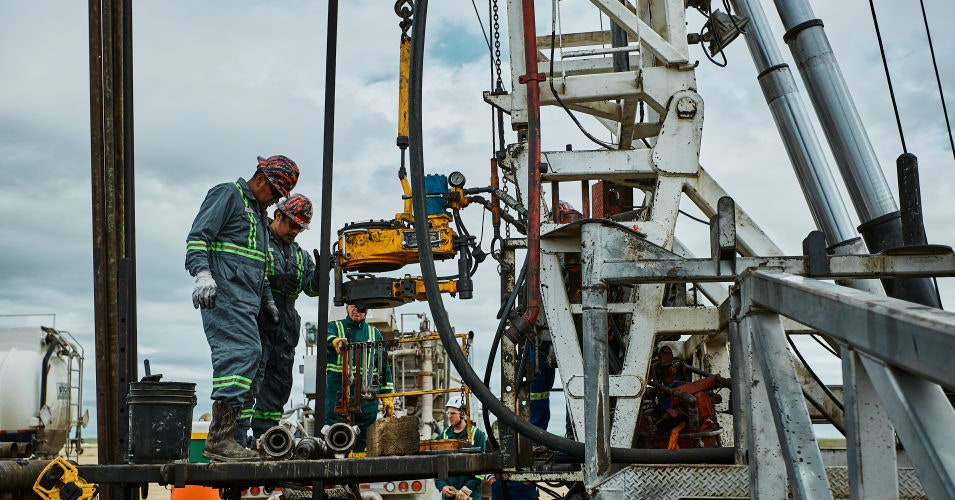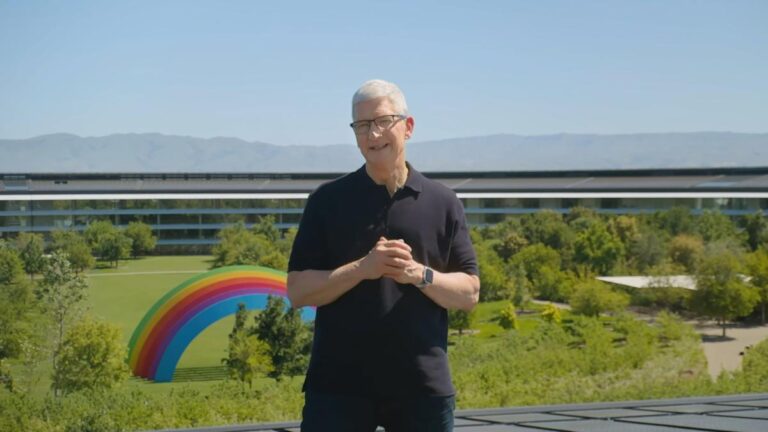Methane Pollution Has Cheap, Effective Solutions That Aren’t Being Used
And because methane is invisible and odorless, it can be difficult and expensive to monitor it and prevent it from getting out. As a result, researchers and environmental activists say the industry is likely releasing far more than official government estimates show.
Methane also seeps out from coal mines—more methane, actually, than is released during the production of natural gas, which after all is mostly methane. Ember, a clean-energy think tank, put together this great visual interactive showing how this happens.
The short version is that methane is embedded in coal deposits, and as miners dig to expose coal seams, the gas escapes, and continues to do so long after a coal mine reaches the end of its operating life. Since coal miners are focused on extracting coal, they don’t often keep track of how much methane they’re letting out, nor do regulators pay much attention.
According to Ember, methane emissions from coal mines could be 60 percent higher than official tallies. Abandoned coal mines are especially noxious, emitting more than abandoned oil and gas wells. Added up, methane emitted from coal mines around the world each year has the same warming effect on the climate as the total annual carbon dioxide emissions of India.
Alarmed by the gaps in the data, some nonprofits have taken it upon themselves to try to get a better picture of methane emissions at a global scale using ground-based sensors, aerial monitors, and even satellites. In 2024, the Environmental Defense Fund launched MethaneSAT, which carries instruments that can measure methane output from small, discrete sources over a wide area.
Ritesh Gautam, the lead scientist for MethaneSAT, explained that the project revealed some major overlooked methane emitters. Since launching, MethaneSAT has found that in the US, the bulk of methane emissions doesn’t just come from a few big oil and gas drilling sites, but from many small wells that emit less than 100 kilograms per hour.
“Marginal wells only produce 6 to 7 percent of [oil and gas] in the US, but they disproportionately account for almost 50 percent of the US oil and gas production-related emissions,” Gautam said. “These facilities only produce less than 15 barrels of oil equivalent per day, but then there are more than half a million of these just scattered around the US.”
There Are Ways to Stop Methane Emissions, but We’re Not Using Them
The good news is that many of the tools for containing methane from the energy industry are already available. “Around 70 percent of methane emissions from the fossil fuel sector could be avoided with existing technologies, often at a low cost,” according to the IEA methane report.
For the oil and gas industry, that could mean something as simple as using better fittings in pipelines to limit leaks and installing methane capture systems. And since methane is a fuel, the sale of the saved methane can offset the cost of upgrading hardware. Letting it go into the atmosphere is a waste of money and a contributor to warming.






